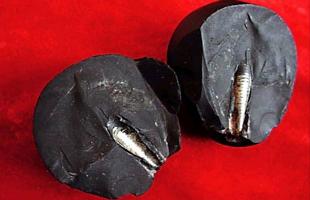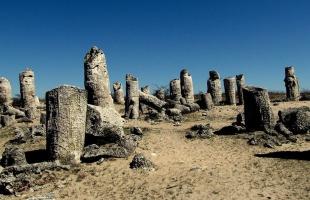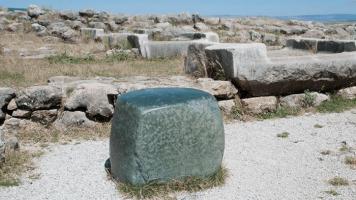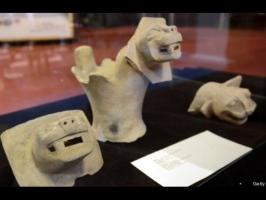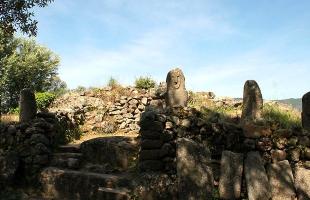The enigmatic 'Stone Wheels': a prehistoric mystery
There are thousands of them and they can only be detected via satellite. They look like 'stone wheels', but no one knows who made them and what they were used for. An archaeological mystery in the Jordanian desert that confuses researchers.

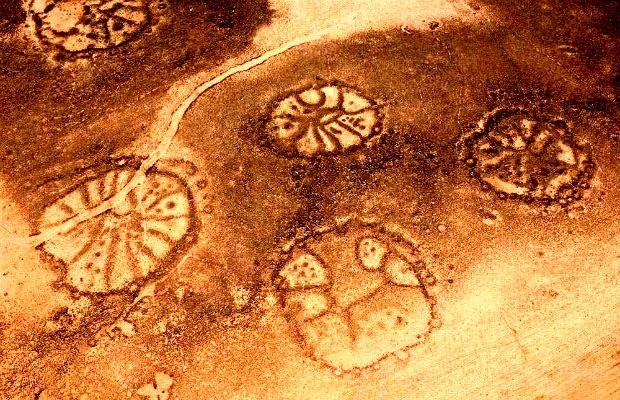
In March 2006, while flying over the black lava fields near the Azraq oasis in Jordan, the QuickBird satellite photographed a series of crude wheel-shaped shapes. The dimensions of these wheels vary between 25 and 70 meters in diameter.
After tracing a first group of formations, the researchers find another and another: thousands of wheels that extend to the north as far as Syria and to the south as far as Saudi Arabia. The quantity, size and extension area of these 'wheels' are nothing short of extraordinary.
No one lives in this arid and desolate land, apart from the occasional nomadic Bedouin tribe, and these strange groupings of wheel-shaped structures are found nowhere else in the world: archaeologists are perplexed.
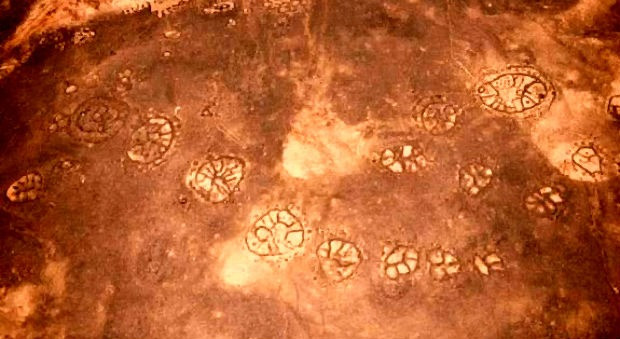
The first mystery we would like to solve is the identity of the builders of these bizarre structures, while the second would be to reveal their purpose. To investigate the structures, Professor David Kennedy of Oxford University personally traveled to the Jordanian desert.
Kennedy notes that the wheels are grouped in precise patterns, with sporadic walls about three feet high. "The simplest shape I have been able to identify is that of an almost perfect circle, with a central fulcrum from which rays branch out", explains the English researcher. "It looks just like a wagon wheel."
Straight from prehistory
No inscriptions or other types of symbols have been found near the structures, which makes the identity of their builders completely unknown. There is no mention of 'stone wheels' even in ancient texts.
Only the Bedouins know of their existence: "I asked them what they were and they said they didn't know. They say were built by the 'ancients,'” Kennedy says.
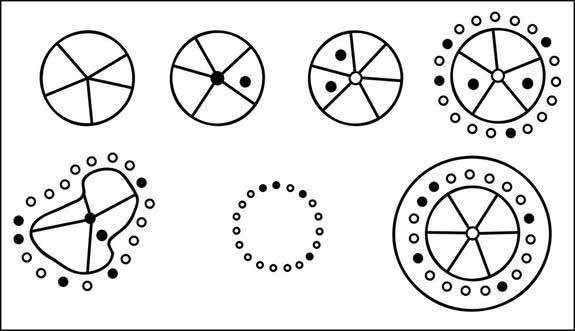
And in fact the structures appear to be very ancient. Using a technique called Optically Stimulated Luminescence (OSL), archaeologists date the wheels back to around 8,500 years ago, significantly older than the famous 'Nazca Lines'.
What is most perplexing is the fact that at ground level the wheels are practically invisible. “It is extremely difficult to spot them from the ground,” explains the professor. "At ground level you don't notice anything particular. Without satellites we would never have discovered them."
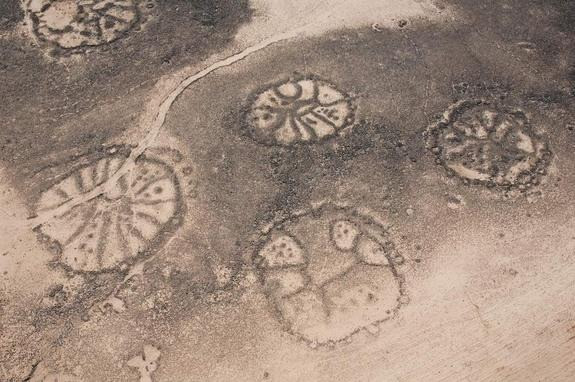
The reason why prehistoric men decided to build wheel-shaped stone structures visible only from above remains the enigma to be revealed.
Building the wheels took a lot of effort. Today we have machinery that allows us to create large structures very quickly, but at that time, whoever it was, to collect all those stones and arrange them in that precise shape must have had a strong motivation.
Solar Alignment
Spatial analysis showed that a group of wheels in the Azraq oasis had spokes oriented towards the northeast, such that they aligned with the winter solstice sunrise. Whether this alignment was intentional or random is unknown, while the rest of the wheels do not appear to contain archaeo-astronomical information.
So what were they for? According to Gary Rollefson, of Whitman College in Washington, the wheels may have had various uses, such as food storage, or as burial places.
However, no human remains were found inside the structures, nor can it be said with certainty that they were warehouses for storing food, given the presence of a fundamental detail: the structures have no access doors, nor connections between the various internal areas.
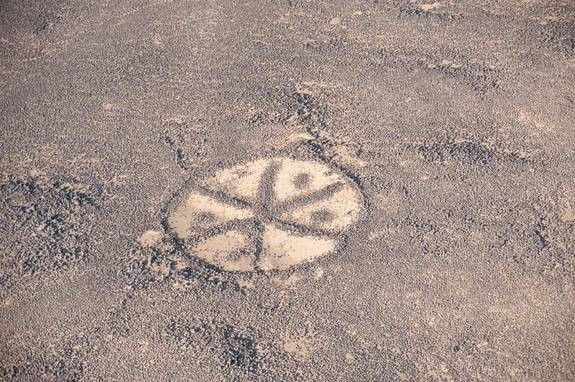
This feature also excludes the possibility that they could have been used as homes, given that there are no entrances.
"Each wheel is composed of an uninterrupted circuit of stones. In many cases, the inside of the wheel is divided into segments. It's a very strange shape to use as a house,” Kennedy explains. "And then, at that time, the villages did not extend over such vast areas."









